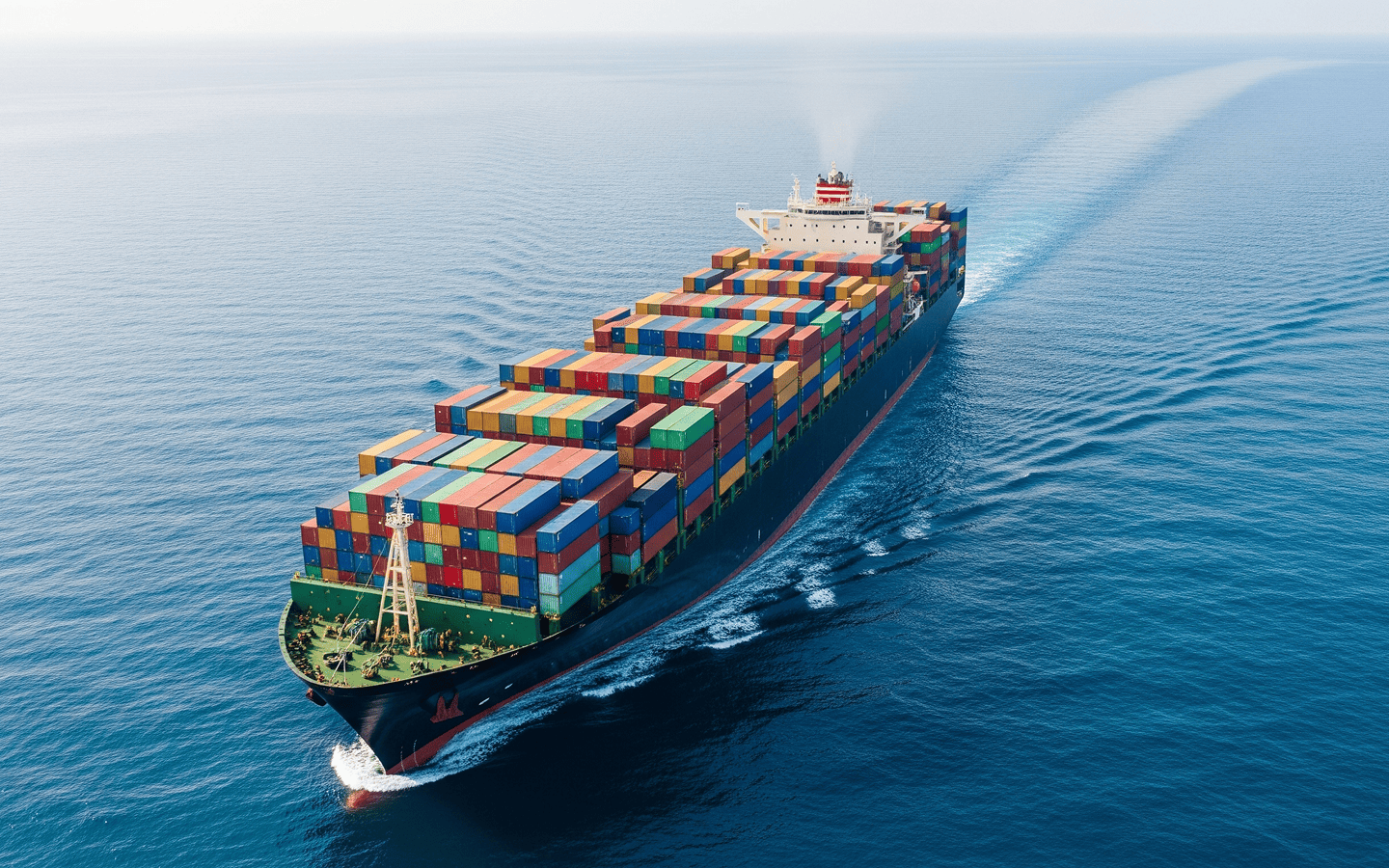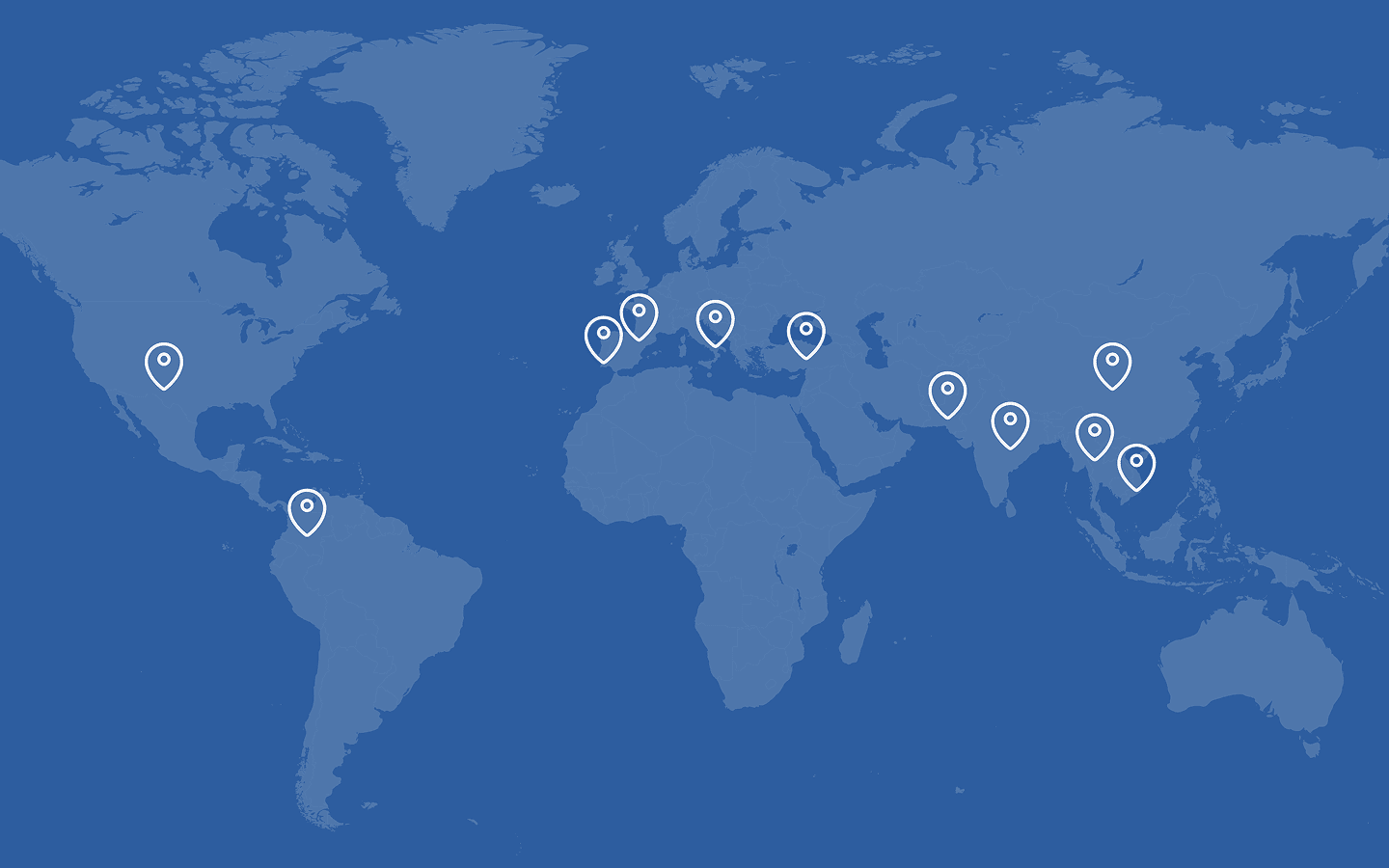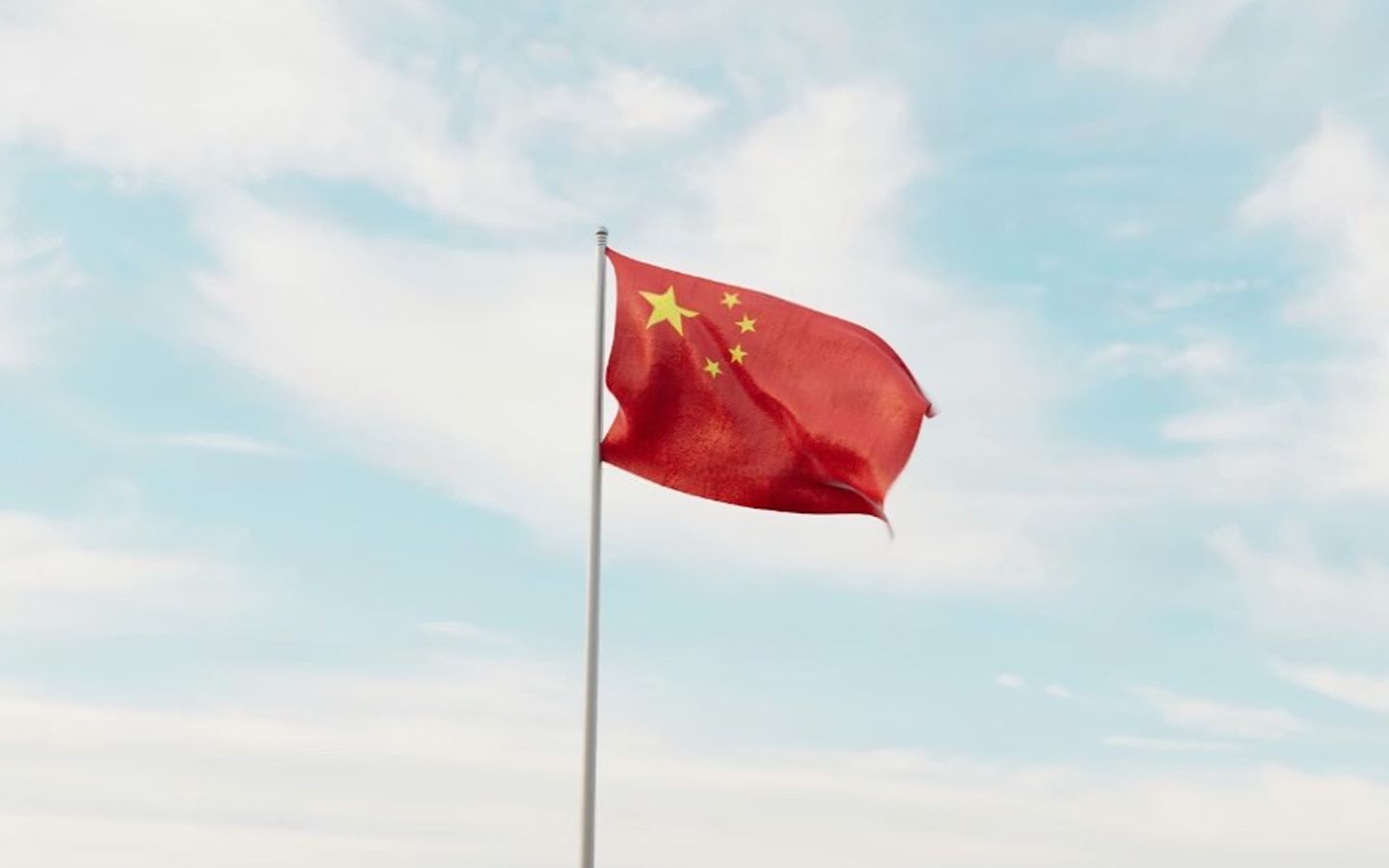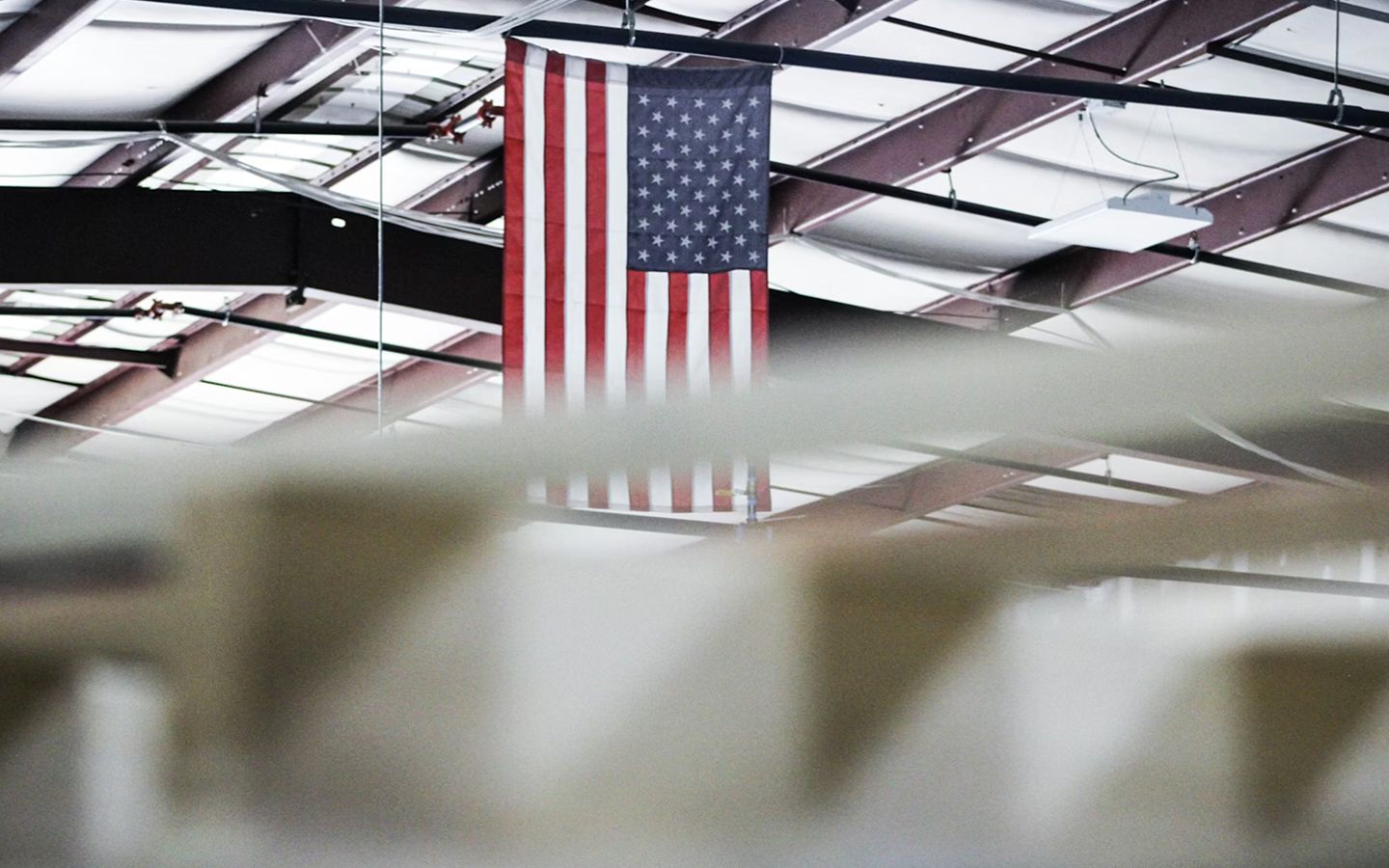Why Trump’s Rare-Earth Magnet Tariff Threat Signals a Supply-Chain Revolution

In late August 2025, President Trump drew a line in the sand: if China doesn’t keep exporting rare-earth magnets, the U.S. will impose a 200 percent tariff. These aren’t just any products. Rare-earth magnets power everything from EV motors, smartphones, to advanced defense systems. Considering China controls nearly 90 percent of the global supply, the tariff threat was more than a trade move. It was a stark reminder of how fragile our supply chains really are.
This showdown is just the latest flashpoint in a bigger story. It forces us to confront both the extraordinary achievements of the modern global supply chain and its glaring vulnerabilities.
The Modern Supply Chain: A Wonder of the World
We don’t celebrate it enough, but the global supply chain is one of humanity’s great feats. It deserves to be spoken of alongside the pyramids or the space race.
Costs plummeted: A flat-screen TV that cost more than $20,000 in the 1990s now sells for under $300. Clothes that once took 14 percent of household budgets now account for closer to 4 percent.
Creativity thrived: Offshoring basic production freed up high-income economies like the U.S. to focus on product design, industrial engineering, branding, and software, all industries where human creativity shines.
The middle classes rose: Factories and exports in China, Mexico, and parts of Africa fueled the fastest middle-class expansions in history, lifting hundreds of millions out of poverty.
Entrepreneurship spread: Entrepreneurs around the world launched their own factories, building businesses in places once left out of global trade.
For decades, the U.S. mastered this system, and its companies became the most competitive in the world. Products got cheaper, innovation flourished, and entire societies prospered.
The Cracks: COVID, China, and Climate

But the model came under stress. COVID exposed how brittle globalized supply chains really were. Critical items, from medicine and masks to microchips, suddenly vanished when Chinese factories shut down. The world learned it was dangerous to rely so heavily on one country for essential goods.
China itself has changed too. Once positioned as a partner, it is now at best a competitor, and perhaps an adversary. That makes it hard to justify outsourcing critical industries (such as defense, hardware, or pharmaceuticals) to a rival power. The rare-earth magnet tariffs are just the most recent example of why this dependency no longer makes sense. Small businesses, in particular, were already facing the need to diversify supply chains due to the impact of the early 2025 tariffs.
Beyond geopolitics, the environmental costs are impossible to ignore. Goods made in unregulated markets pollute more. Shipping containers zigzagging across oceans add to global emissions. The “pile it high, sell it cheap” culture of ultra-fast fashion has created waste streams that governments and consumers are starting to push back against.
Finally, the very distance of these supply chains has become a liability. Lead times are too long. Chinese companies can iterate faster because their designers sit next to their factories. U.S. and European brands, by contrast, wait months for prototypes and shipments. That lag makes them less competitive in a world where Instagram and TikTok trends can go viral overnight.
Where We’re Headed: The Great Rebalancing
We believe supply chains are entering a new era. They won’t snap back to purely domestic production, but they will rebalance. Five forces are driving the shift:
Political will: governments want manufacturing jobs back.
Environmental pressure: long, dirty supply lines are out of step with climate goals.
Automation: robotics and AI erase much of the cost gap between East and West.
Strategic alignment: countries want to produce with allies, not adversaries.
Speed: in the age of TikTok, fast beats cheap.
Alongside this shift, expect less focus on the cheapest possible price and more on quality and sustainability. Consumers and regulators alike are souring on disposable, low-quality imports.
The Playbook: America + China + X

The smartest brands will adopt an America + China + X strategy:
America for quality production and rapid prototyping, getting products to market faster and closer to consumers.
China for fast, low-cost prototyping, components, and in some cases, scale. Despite tariffs, it remains unmatched in certain capabilities.
X for regional hubs, which include Mexico for the Americas, Turkey or Eastern Europe for the EU, India for the Middle East and South Asia. These nodes provide resilience, access to raw materials, and the ability to scale production regionally.
This hybrid approach gives companies speed, security, and flexibility. It’s not about abandoning globalization; it’s about upgrading it.
Why Supply Chain-First Companies Will Win
The next decade will belong to companies that treat supply chain as a strategy, not as back-office ops. Being able to pivot between countries, materials, and factories quickly will be as important as marketing or product design.
That’s exactly what we’re building at THE/STUDIO. Our platform is part design hub, part sourcing engine, part virtual trade show. It allows brands to develop products and instantly connect with vetted factories worldwide, switching between geographies with ease, building deep relationships from a laptop or phone. In a world where you can’t rely on one country, one factory, or one plan, we make agility possible.
Trump’s magnet tariffs may look like a headache for importers. But in reality, they’re a wake-up call: the supply chain model that powered the last 30 years needs a rethink. The companies that embrace this shift of “supply chain-first, global yet diversified, fast yet sustainable” will define the next 30.





